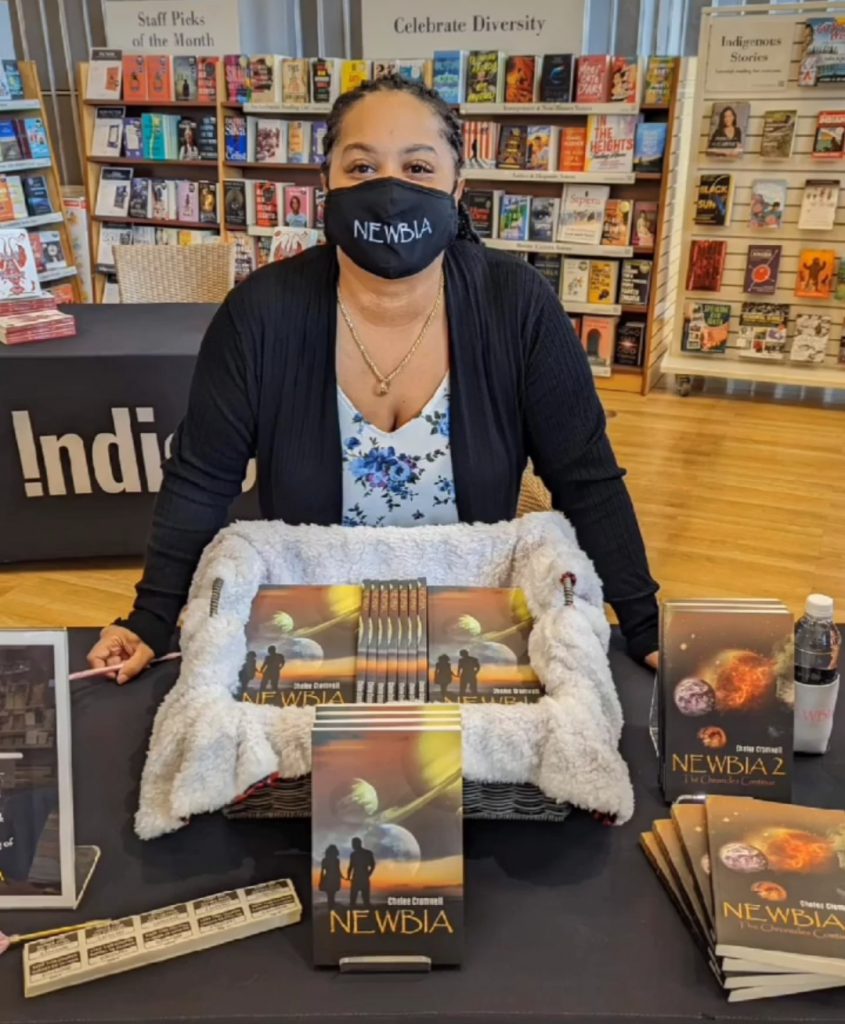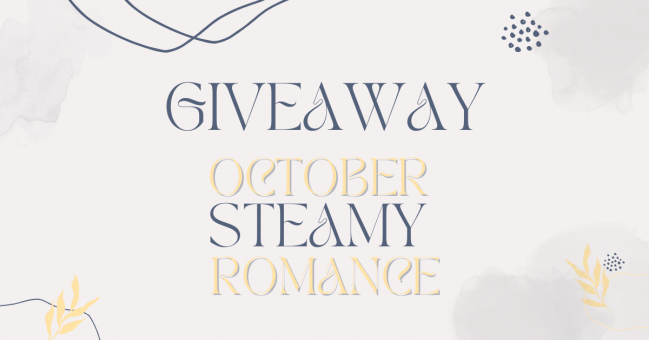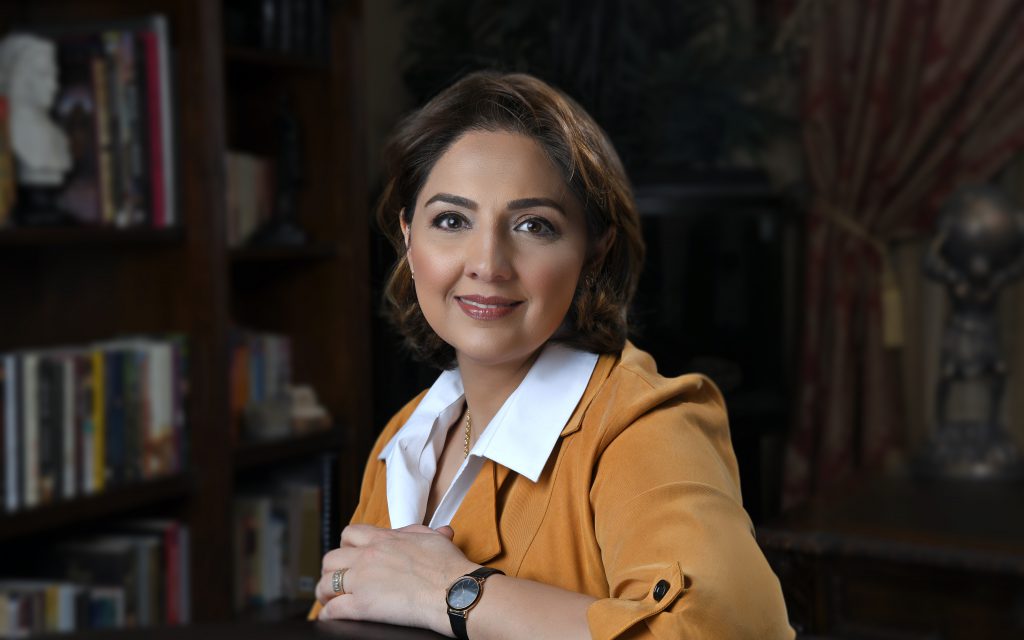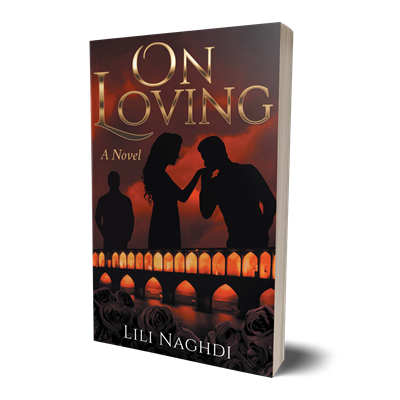February. Valentine’s Day. Romance. What images do these words conjure up for you? If you’re like most of us, you’ll probably imagine a scene with two frosty champagne glasses sitting on a table in front of a roaring fire. Maybe a small silver tray of chocolate covered strawberries beside them. And a couple kissing on the bear skin rug in front of that blazing fire while the snow softly falls outside the panoramic window. (“Oh, Pamela, my darling, what did I ever do without you?”) Ah, can’t you just feel the love?
 Brutal snowstorm. Freezing cold. Romance author. What images do these phrases conjure up for you? Yeah, if you’re being honest, you haven’t bothered to give the lowly romance author a second thought, have you? Right now, as you read this, some of them are shivering to death wrapped tightly in a ratty old crocheted afghan, drinking a steaming mug of (insert favourite beverage here), huddled over a laptop, cursing the characters they’ve created because they just won’t cooperate. (Stop talking, get in that cab right now and follow her, you idiot!) Well, that’s me, anyway.
Brutal snowstorm. Freezing cold. Romance author. What images do these phrases conjure up for you? Yeah, if you’re being honest, you haven’t bothered to give the lowly romance author a second thought, have you? Right now, as you read this, some of them are shivering to death wrapped tightly in a ratty old crocheted afghan, drinking a steaming mug of (insert favourite beverage here), huddled over a laptop, cursing the characters they’ve created because they just won’t cooperate. (Stop talking, get in that cab right now and follow her, you idiot!) Well, that’s me, anyway.
My vision of a romance novel, long before I took the plunge into writing one, was pretty much the scenario with the champagne, chocolates and lovers. And as I adore champagne and chocolates, I thought writing one would be such fun! And what could be easier? All I had to do was create main characters who are forced to be together and hate each other on sight (or another well-loved trope that romance readers never seem to tire of), and then put them into unusual or unexpected situations where they have no choice but to work together. (“I will be yours for eternity, Humphrey, just as soon as we scale this jagged cliff and free dearest Aunt Letitia from the impenetrable fortress.”). They realize during their thrilling adventures that they’ve fallen totally in love with each other, the end. Simple, right?
Not quite. Just for a minute, think about all the major elements the romance author must include. The heroine must be flawed and vulnerable yet plucky and gorgeous and worthy of her hero, who is tenacious and virile, but ready to change his ways to have this amazing woman in his arms (“I shall give up my life as a frozen pea inspector to be with you, Edwina.”). The story should be either adventurous or exotic or bodice-ripping or crazy fun, and include a considerable quantity of red hot, searing kisses that instantly liquify the main characters. (“Oh, Bernard, I’m all aflutter!”) And as the story unfolds, it has to sparkle with sensitivity, sizzle with steamy love scenes, and be witty and playful in all the right spots. And let’s not forget the must-have happily ever after ending (“As we all knew this would happen back on page three, we’re gathered here today to celebrate the union of Beauregard and Tamsin…”), or at the very least, a happy-for-now ending (“I love you, Gretchen, so I’ll overlook the fact that you just asked me to sign a pre-nuptial agreement.”).
As I wrote my first romance novel, I realized there was a whole heck of a lot more to it than just dropping the two main characters into a situation and hoping they’ll do all the work. (“Um, how do we get out of this hot air balloon, Mortimer?”) I discovered that while I have to include some level of action and/or adventure in my novels, to make them work my main focus must be on the feelings and thoughts of the main characters. This makes it easy for the readers to dive into the book and become that character. Even if the reader has been happily married for a decade or three, I want them to experience the excitement of that first look (“Dexter, who is that stunning, misty-eyed, raven-haired temptress with the heaving bosom staring at me from across this crowded room?”), the goose bumps from their first meeting, and all the blistering and passionate sensations from their first kiss. (“I’ll never wash these lips again.”)
And those five senses we take for granted are paramount when writing a romance novel. The touches, tastes, sounds, sights and scents (“What was that rumble?” Desmond asked, frowning. Yvette turned a sickly shade of chartreuse. “Forgive me, I had beans for lunch.”) – yes, all of them, granted some more than others, play a huge role in falling in love. Without them, a romance novel is just a travel brochure or a ladies shoe catalogue. The first love scene I ever wrote read like a WWE wrestling match. So not good! Why? Because I was focused more on body parts than on the main character’s feelings and sensations. (“That is your arm, isn’t it, Prudence?” “I thought it was your foot, Monty.”) Yikes!







